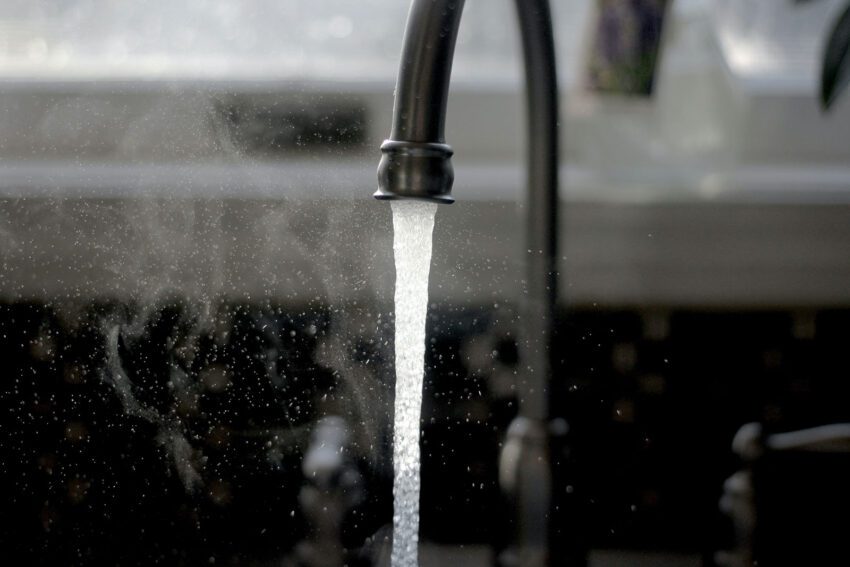Water pressure plays a crucial role in our daily lives, whether it’s for showering, bathing, washing dishes, or doing laundry.
Therefore, experiencing low water pressure can be frustrating, time-consuming, and inconvenient. Understanding the common causes of low water pressure is essential in addressing and resolving the issue effectively.
Let’s explore the various factors that can contribute to low water pressure.
From problems with the water supply, such as municipal water supply issues or well water system complications, to plumbing system malfunctions and water heater problems, we will examine the possible culprits and provide insights on troubleshooting and solutions.
By identifying the root cause, you can regain optimal water pressure and restore convenience to your daily routines.
Water Supply Issues
Adequate water pressure relies heavily on a well-functioning water supply system. Several factors can contribute to low water pressure originating from the water supply itself. Municipal water supply problems are a common cause.
Water main breaks, for instance, can disrupt the flow of water to your property, resulting in reduced pressure. Additionally, water restrictions imposed during drought conditions can lead to diminished water pressure as the available supply is limited.
For those with a well water system, there are specific issues to consider.
Insufficient well pump capacity is a frequent culprit behind low water pressure. If the pump is unable to provide enough force to propel water throughout the plumbing system, the result is reduced pressure. Clogged or damaged well components, such as a blocked intake screen or a malfunctioning pressure tank, can also hinder the flow of water and lead to decreased pressure.
Addressing water supply issues often requires professional help to identify and resolve the underlying problems. Cyber Plumbers recommends calling a fully qualified plumber to fix these issues rather than resorting to DIY methods.
By tackling these issues head-on, you can restore optimal water pressure and ensure a consistent and reliable water supply.
Plumbing System Problems
The plumbing system within your home is another potential source of low water pressure. Various issues can arise within the pipes, affecting the flow of water and resulting in diminished pressure.
One common problem is pipe blockages caused by mineral deposits and scale buildup. Over time, minerals like calcium and magnesium can accumulate in the pipes, restricting water flow and leading to reduced pressure. Corrosion and rust can also cause blockages, particularly in older plumbing systems.
Leaks within the plumbing system can also contribute to the problem. Faulty pipe joints or fittings can result in water leakage, reducing the overall pressure. Additionally, damaged or burst pipes can disrupt the flow of water and cause a significant drop in pressure throughout the system.
Pressure Regulator Malfunction
A pressure regulator is a crucial component of the plumbing system that helps maintain a consistent and safe water pressure throughout your home.
However, when the pressure regulator malfunctions, it can lead to low water pressure issues. Understanding the signs of a faulty pressure regulator is essential in diagnosing the problem.
One common indication of a malfunctioning pressure regulator is inconsistent water pressure throughout different fixtures in your home. You may notice significantly reduced pressure in some areas while experiencing normal pressure in others.
Another sign is if the water pressure is consistently low throughout the entire house, regardless of the fixture.
Several factors can cause pressure regulator malfunction, such as internal component failure or improper adjustment. Excessive pressure from the main water supply can also contribute to the regulator’s inability to maintain adequate pressure.
Fixing a faulty pressure regulator often requires professional assistance. A plumber can assess the regulator, identify the cause of the malfunction, and either repair or replace it accordingly.
Other Factors Affecting Water Pressure
There are many other factors that can reduce your water pressure, including:
- Incorrectly set pressure-reducing valve: If the pressure-reducing valve, responsible for regulating the water pressure entering your home, is not properly adjusted, it can result in low water pressure.
- Problems with the water meter: Issues with the water meter, such as a faulty or malfunctioning meter, can lead to inaccurate pressure readings and, subsequently, low water pressure.
- System-wide pressure fluctuations: In some cases, you may experience intermittent low water pressure due to system-wide pressure fluctuations caused by high demand periods or maintenance work in the water supply network.
- Undersized or outdated water supply lines: If the water supply lines in your home are too narrow or outdated, they may not be capable of delivering sufficient water volume, resulting in low water pressure.
Identifying and addressing these other factors affecting water pressure may require professional intervention. Consulting with a plumber or contacting your water utility provider can help diagnose and resolve these issues, ensuring optimal water pressure throughout your home.
Restoring the Smooth Flow of Daily Life
Low water pressure can be a frustrating issue that interrupts our daily activities.
By understanding the common causes of low water pressure – such as water supply problems, plumbing system issues, pressure regulator malfunctions, and other factors – we can take the necessary steps to address and resolve these issues efficiently.
Whether it’s contacting a professional plumber, inspecting and maintaining our plumbing system, or seeking help from the water utility provider, identifying the root cause is essential for restoring optimal water pressure.
By restoring adequate water pressure, we can ensure efficient water usage, reliable performance of household appliances, and a seamless experience in our daily routines.
Don’t let low water pressure disrupt your life – take action to regain the water pressure you need for a comfortable and functional home.


